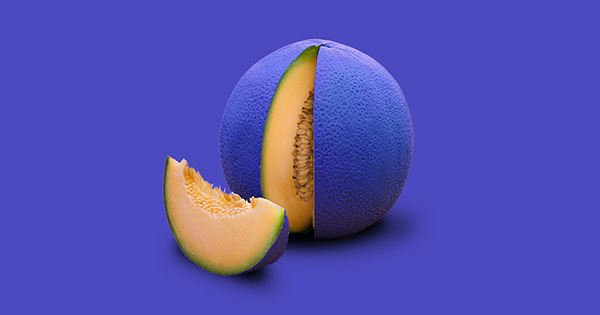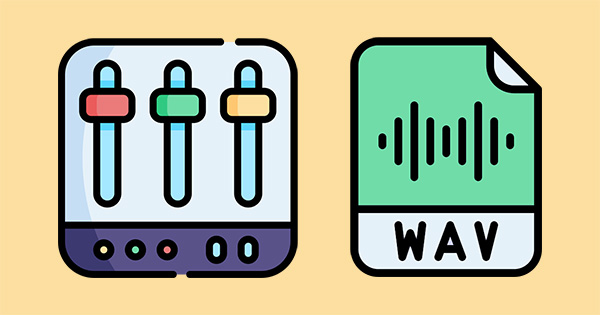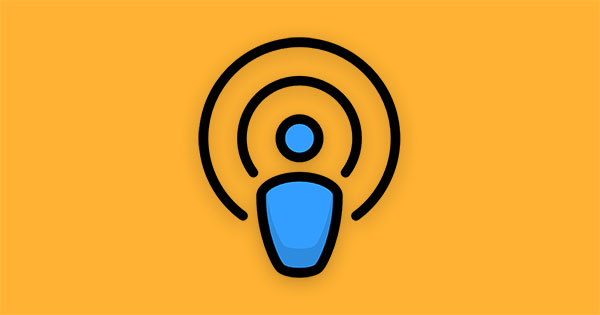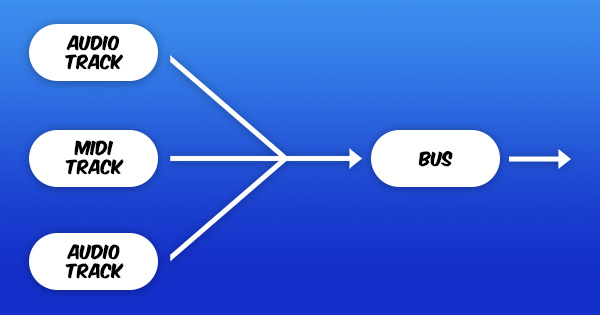[ad_1]
Sometimes, unusual mastering techniques prove to be the most effective. However, as producers and engineers, we often fall into the trap of utilizing the same processing techniques repeatedly.
Luckily, I’m here to shake things up with some weird mastering techniques. These techniques aren’t part of the typical mastering workflow but they can potentially come to the rescue if you find yourself in a tough mastering situation.
What Is Mastering?
Audio mastering is the often misunderstood final leg of the production process. A song needs to be recorded, arranged, mixed, and mastered before getting delivered to audio platforms.
Mastering is designed to bring out the best of every song so that it sounds great, regardless of the platform and playback medium. Whether you’re playing a track through an iPhone, club system, or hearing it in a commercial or film, mastering aims to make the listening experience consistent.
During the mastering process, your stereo track is tonally balanced and compressed. Master buss processing is usually minimal, typically consisting of some light EQ, compression, and a limiter.
You’ll need to format your music differently depending on the playback medium. For instance, a master track destined for Spotify should have an LUFS value at or above -14 and 1 to 2 decibels of headroom.
In comparison, a song intended for CD distribution isn’t subject to loudness normalization. That being the case, you’ll need to normalize the loudness of songs manually.
To avoid overcompressing songs, mastering engineers identify the quietest song on the CD and use its LUFS value as a target for the other tracks. You can simply reduce the level of the other songs until they’re all hitting the same LUFS level.
Uncommon Approaches to Mastering Your Music
As with all parts of the production process, mastering philosophy is subjective. There isn’t a “right” way to master a song, though some methods are used more often than others. Below, I’ll showcase “the road less traveled”; this should help expand the way that you think about and approach mastering your music.
1. EQ After Applying Compression
It’s quite common to apply subtractive and additive forms of EQ processing before running your mix through a compressor at a mastering level. EQing a mix before applying compression is a good choice when your goal is general tone shaping.
However, in some cases, it may be worth flipping this traditional workflow on its head. Applying an EQ after your compressor tends to provide a clean and clear sound. If you need to apply surgical processing, like resonance suppression, consider doing this post-compression.
You don’t necessarily need to choose one method of EQ application over the other. There’s nothing wrong with applying EQ before and after compression. Use an EQ before your compressor for tone shaping and/or an EQ after your compressor for surgical processing.
2. Use Reverb
Reverb is an uncommon tool for mastering engineers to reach for but it has its place. Spatial effects can drastically change the overall sound of an individual track, never mind your master bus. It’s usually best to address sonic issues — especially those that involve complicated effects — during the recording and mixing process, rather than the mastering stage.
In rare instances, using a little reverb to create a cohesive sense of space while mastering can be helpful. To get the most out of this effect without drowning your mix, considering low-cutting your reverb around 500 Hz and high-cutting near 2,500 Hz. Subtlety is key here.
Previous versions of of iZotope’s Ozone mastering plugin provided a reverb module so master buss reverb isn’t a total oddity. That being said, current versions of Ozone don’t include a reverb module. It’s a touchy effect so iZotope’s decision to remove reverb from Ozone may have been an attempt to help DIY mastering engineers avoid falling off the rails.
3. Try Stem Mastering
Instead of working with a single bounced-out audio file, stem mastering takes a project’s individual stems into a mastering session. These stems contain similar audio tracks grouped together. For instance, you might have a drum stem including a kick, hi-hat, and snare, or a vocal stem that includes a main vocal and backing vocals.
Mastering stems provides engineers with an extra degree of control compared to traditional stereo mastering. Perhaps the song’s bass is a little too loud. Instead of attempting to deal with this issue using an EQ, the mastering engineer can simply turn down the bass stem.
Stem mastering may also be used for specific content creation or film applications. In these instances, a party may request a master without the vocal or drum stem. Stem mastering allows engineers to make modifications to mix levels if necessary and omit certain stems.
4. AI-Powered Mastering
AI-powered mastering suites and plugins can serve as full mastering solutions on their own. These AI-powered mastering services are trained by professional engineers to produce strong master tracks based on your audio input. The engines can be accessed via a web browser or used within your DAW.
Note that when using these mastering services, it’s a good idea to use the first AI master that you receive as a reference and then make slight adjustments based on what you hear.
Even if you’re dead-set on solely engaging in traditional mastering, an AI master can be helpful for perspective and comparison. Try creating a master of your own and then pitting it against the AI-generated master to test your sensibilities and view your master in a new light.
5. Split Processing Across Multiple Limiters
Limiters have one primary job; they apply brickwall compression to your signal to increase the loudness of your music. The best limiters provide increased loudness while avoiding distortion. Although, don’t feel obliged to use just one limiter throughout the final stage of the production process.
Every limiter has a unique sound. In fact, some limiters like FabFilter’s Pro-L 2 provide up to 8 limiting algorithms to choose from, each providing a unique character.
Using two or more limiters will allow you to benefit from the tonality of each device. Spreading the processing load between multiple limiters can help increase performance as well; you may hear less distortion than you would using a single limiter.
Mastering isn’t always a straightforward process but hopefully, these weird mastering techniques help open your eyes to what’s possible during the final stage of production.
To learn more, check out the benefits of using a mastering DAW and a comparison of DIY vs. AI vs. pro mastering.
[ad_2]
Source link




